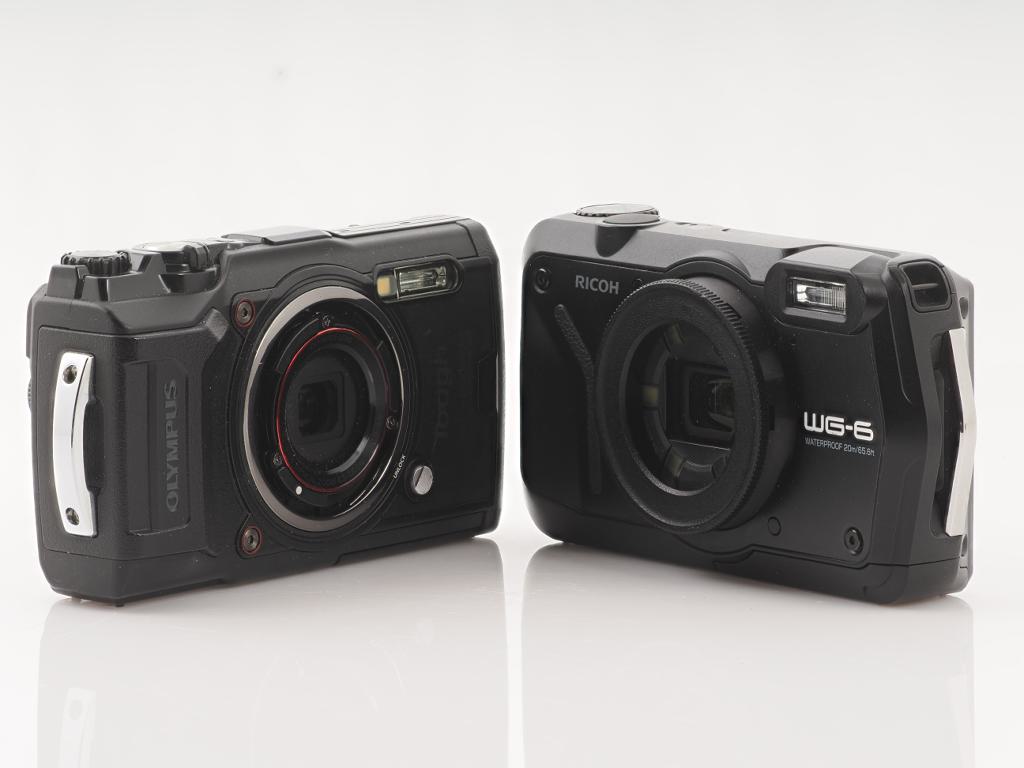
I’ve already played with the Ricoh WG-6 in Salzburg and if I said I was happy with the results, that would be a strict lie. But I saw some decent photos from the WG-6 at dpreview and wanted to know if I’m just too stupid to take photos…. So I’m off to my ivy-covered castle wall and then we’ll see. I’ll also strap the TG-6 to the tripod for comparison. Of course, a real comparison is not possible because the TG-6 has shorter focal lengths. 4.5 to 20mm, the WG-6 5 to 25mm.
What was the result? At ISO 125 the image quality is absolutely the same, except that the WG-6 has 20MP and the TG-6 only 12. This is very noticeable, the WG-6 shows more details. Both cameras already have watercolor effects in the color gradients in the JPG at ISO 125. But this is still acceptable. The WG-6 has a clear advantage: here is a photo with a focal length of 13.7mm. With both cameras in the medium focal length range and ISO 125:
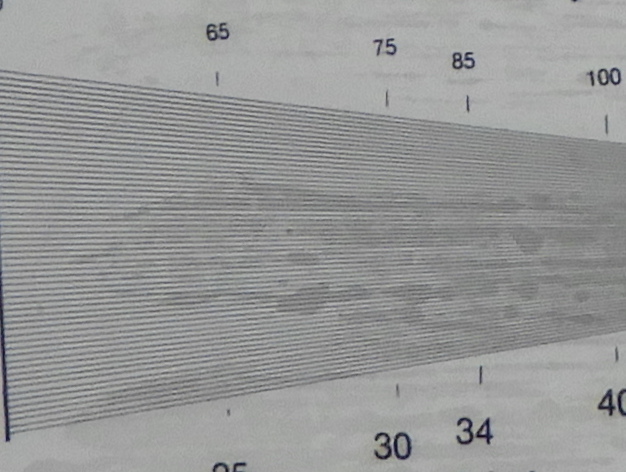
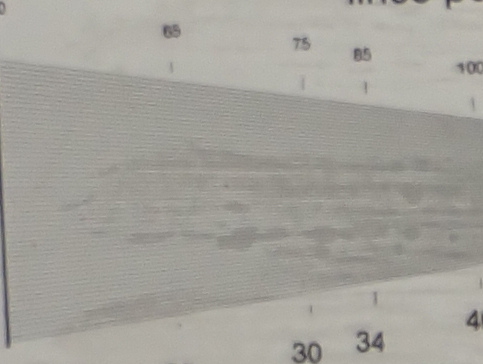
Clearly? Yes. The WG-6 handles the lines much better than the TG-6. Higher resolution sensor. With the lines, the WG-6 can keep the TG-6 at bay up to ISO 6400. Of course, this has nothing to do with optical resolution, it’s all about digital ratios. Here at ISO 6400:
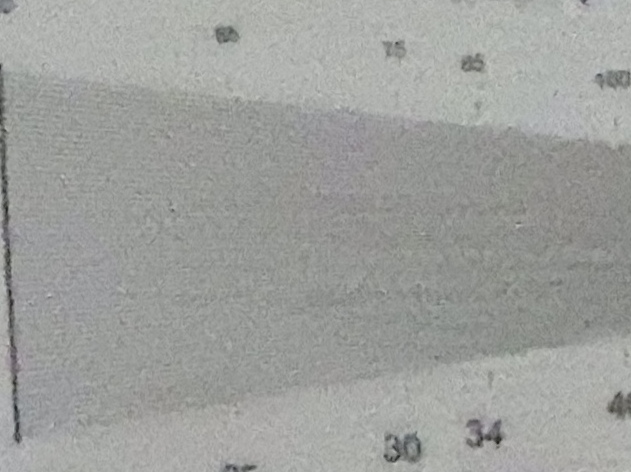
As you can see, the lines are essentially mud. But the algorithm can still recognize the numbers and draws them darker. With the Oly, these digits are already on the verge of disappearing. The “75” can no longer be distinguished from a “70”.
So when it comes to such motifs, the WG-6 is ahead. It’s a different story with my castle wall.
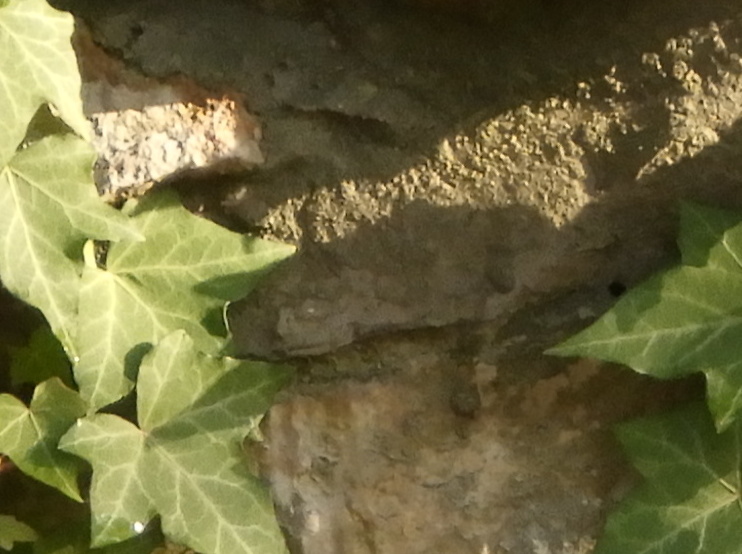
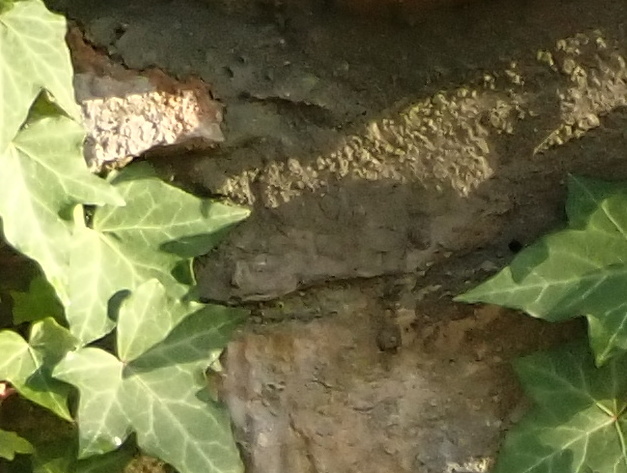
Even at ISO 200, the resolution advantage of the WG-6 is gone and the two images can at best be considered equivalent. At ISO 400 it looks like this:
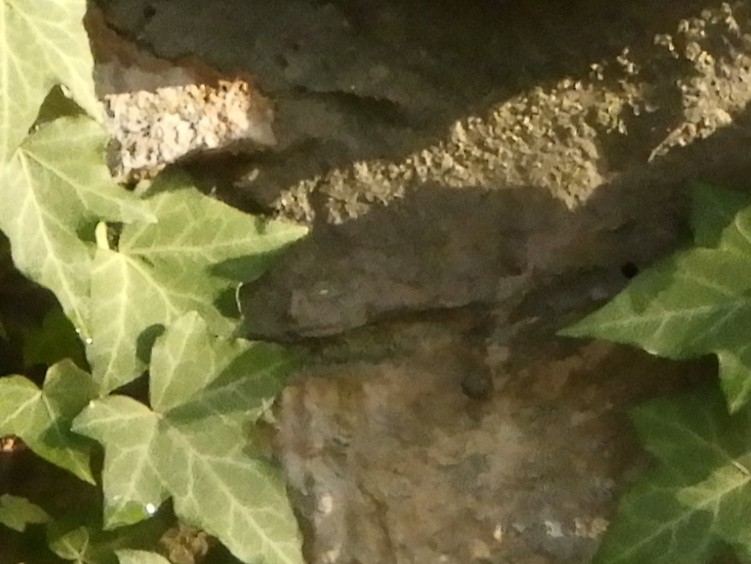

And it goes downhill from there. Of course, the Oly also loses resolution with increasing ISO, but on the one hand the Oly has the advantage that you can access RAW, where you can use modern noise reduction, and on the other hand the Oly has an average noise advantage at higher sensitivities. The Oly ISO 6400 looks like the Ricoh ISO 3200 and the Oly ran on noise reduction standard for all photos. You can’t set this on the Ricoh.
We’re talking about cameras that are the same age. When Ricoh launches the successor to the WG-6 in 2024, the game may turn again.
The Ricoh has a few things in it that I would also like to see in a TG: The shutter of the card compartment is quicker to open, but of course doesn’t have the additional locking mechanism of the TG-6. The built-in macro LEDs are luxurious. The longer focal length. USB-C. (Yes exactly, Ricoh has had it for four years. OMDS had micro-USB built in until the last second. ) The Ricoh has a customizable button. (Assigned a stupid energy-saving mode at the factory).
But the WG also has a few things that are annoying: When a tripod plate is mounted, you can’t reach anything on the WG-6 because all the connections are under one flap. Shooting parameters can only be changed via cumbersome settings in the menu. The camera only has five picture styles. No RAW. No A, no M. The white balance is not correct. Only HD with 60fps. The Oly can do FHD at 120fps. The extremely low power button that you need fingernails for. No Focus BKT, no stacking, no WiFi.
OK. Costs 200 euros less.
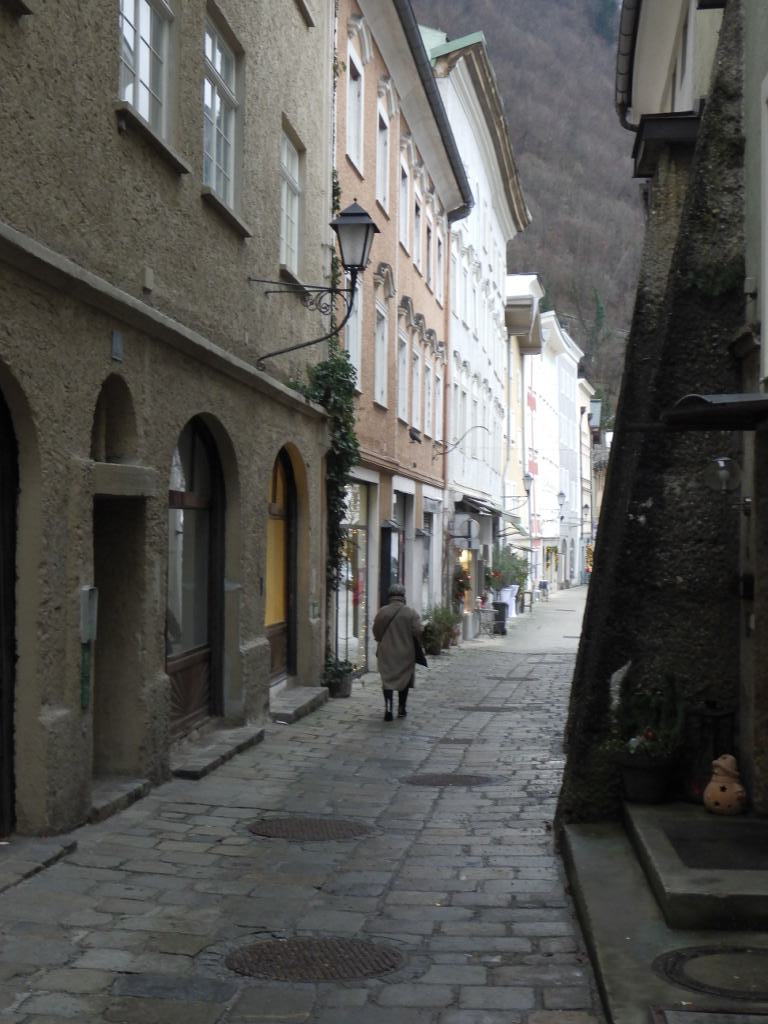
If you only take ultra-macros without stacking and otherwise don’t have to go above ISO 200 with the ISOs – and if you do, you print the pictures in postcard size at most – you can use the WG. The longer telephoto is occasionally fine.
And the good photos at DPreview? Well, with ISO 125 and good light and detailed pictures – for example a fishing harbor – that’s where the WG-6 is in its element. That’s where it can show what the 20MP sensor can do. As a vacation camera in the sunny south – top. The camera is also not as expensive as the TG-6, so you can hand it over to the younger members of the family, who can have a lot of fun with it.
Moin,
“Wir reden hier von Kameras, die gleich alt sind. Wenn Ricoh 2024 den Nachfolger der WG-6 auf den Markt bringt, kann sich das Spiel schon wieder drehen.”
Halte ich fuer unwahrscheinlich. Ricoh/Pentax liefern bei Outdoorkameras gern alten Wein in neuen Schlaeuchen ab.
Die WG-6 hat gegenueber ihren Vorgaengern vermutlich nur ein neues, duenneres Gehaeuse bekommen. 1.5m anstatt
2m Fallhoehe und 10m statt 14m Wasserdruck.
Da hast Du was falsch verstanden. Stoßsicher bis 2,1m und wasserdicht bis 20m. Sie ist in den Disziplinen der TG-6 und TG-7 überlegen.
Meine Information stammt von dieser Seite: https://www.ricoh-imaging.co.jp/english/brand/wg/history.html
Ob die sich mit anderen Ricoh-Seiten deckt habe ich nicht geprüft.
Das ist eine Seite, die geschrieben wurde, bevor die WG-6 auf den Markt kam. “To be released in 2019”. Wäre gut, einfach bei Ricoh nach den Specs zu kucken.
Ewig schlummert ein Haben wollen Instinkt in mir. 3 Schritte vor, 2 zurück. Die Situation sagt ja, die zu erwartenden Bildergebnisse nein. Nach diesen Beispielen bleibt es beim Nein.
Schöne Weihnachtszeit
Wolfgang
Jede Wette, der Hauptunterschied zwischen WG6 und WG7 wird sehr ähnlich dem zwischen TG6 und TG7. Der Markennahmen auf der Kamera ändert sich in Pentax, siehe WG80 und der Nachfolger WG90.
Wette verloren. Auf der WG-6 steht bereits Ricoh.
Du hast mich falsch verstanden es geht zurück zu Pentax.
https://pentax.eu/de/products/pentax-wg-90
Dann hast Du allerdings recht. Gerade die beiden Kameras verglichen – da ist wirklich nur die Farbe und der Name geändert. Und der Preis. Ich werde meinen Kontakt bei Ricoh mal fragen…..
Ich hatte mal eine Pentax Optio W60.
Bei der konnte man die grüne „Vollautomatik“-Taste und die vier Steuerkreuztasten umkonfigurieren und sich so seine eigenen „Shortcuts“ zurecht legen. D.h. 4 oder 5 konfigurierbare Tasten (ich weiß es nicht mehr so genau). Ich habe Pentax damals dafür geliebt!
Geht das mit den aktuellen Modellen nicht mehr? Das wäre sehr schade.
VG, Markus
Nein. Geht nicht. Man kann die rote Videotaste lahmlegen und ihr ähnlich wie der Oly-Multifunktionstasten fünf verschiedene Funktionen zuweisen, aus denen mittels Cursortasten dann ausgewählt werden kann. Also hat man unter Verlust der Videofunktion zwei “programmierbare” Tasten.